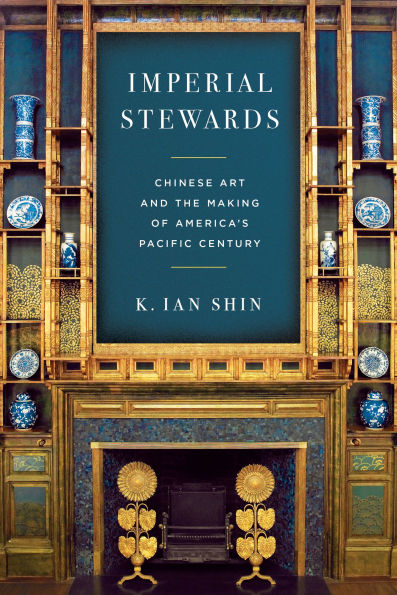Tracing networks across both the Pacific and the Atlantic Oceans, K. Ian Shin uncovers a diverse cast of historical actors that both contributed to US imperial stewardship and also challenged it, including Protestant missionaries, German diplomats, Chinese-Hawaiian merchants, and Chinese overseas students, among others. By examining the development of Chinese art collecting and scholarship in the United States around the turn of the twentieth century, Imperial Stewards reveals both the cultural impetus behind Americans' long-standing aspirations for a Pacific Century and a way to understand—and critique—the duality of US imperial power around the globe.
Tracing networks across both the Pacific and the Atlantic Oceans, K. Ian Shin uncovers a diverse cast of historical actors that both contributed to US imperial stewardship and also challenged it, including Protestant missionaries, German diplomats, Chinese-Hawaiian merchants, and Chinese overseas students, among others. By examining the development of Chinese art collecting and scholarship in the United States around the turn of the twentieth century, Imperial Stewards reveals both the cultural impetus behind Americans' long-standing aspirations for a Pacific Century and a way to understand—and critique—the duality of US imperial power around the globe.

Imperial Stewards: Chinese Art and the Making of America's Pacific Century
358
Imperial Stewards: Chinese Art and the Making of America's Pacific Century
358
Product Details
| ISBN-13: | 9781503643178 |
|---|---|
| Publisher: | Stanford University Press |
| Publication date: | 07/22/2025 |
| Series: | Asian America |
| Pages: | 358 |
| Product dimensions: | 6.00(w) x 9.00(h) x 0.00(d) |
